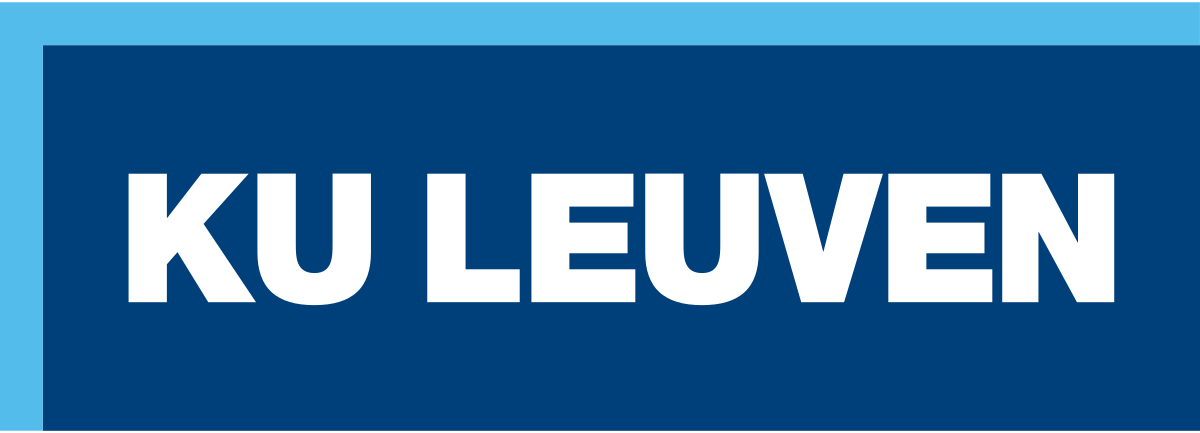KU Leuven’s spin-off promises the right storage climate for heritage collections
Museums, heritage conservators, private art collectors… they are all concerned about the risks of a poor storage climate for their collection. The new KU Leuven spin-off CHARP wants to unburden them with innovative monitoring software and sensors, developed at the Department of Building Physics and Sustainable Building. The young company received € 610,000 starting capital for this.
Most museums, archives, heritage libraries and even many private collectors carefully monitor the climate in which they store their collection. Too much or too little light, too high or too low humidity: these are important factors that can damage art and heritage.
This climate monitoring is often still done in a cumbersome and time-consuming manner. With stand-alone sensors, for example, which are not connected to a system and have to be read separately, which leads to complex and difficult to interpret tables.
Online monitoring platform
CHARP , a new spin-off from KU Leuven, has developed an innovative solution: the company is marketing a user-friendly monitoring package with sensors that transmit their measurement data wirelessly and in real time to an online platform. This allows museums and other collectors to efficiently monitor the storage climate of their collection. The software also offers the possibility to set limit values. If these are exceeded, the right people will receive an alarm message.
“Our unique software, with discrete wireless measuring devices, helps to map and optimize the climate in which art collections are stored. Thanks to reporting in clear graphs, the software allows conservators to communicate clearly with colleagues and external partners about the conditions in which loans are stored,” says Geert Bauwens, Managing Director of CHARP.
The monitoring tool and associated software were developed by engineer Geert Bauwens and computer scientist Maarten Rimaux from KU Leuven. The expertise that Bauwens gained as a researcher in the lab of Professor Staf Roels – he obtained his doctorate in the heat loss of buildings – is an important part of the software. After all, this also allows museums, often housed in old buildings, to better preserve their heritage at a lower energy cost.
“I applaud the fact that the expertise of the Department of Building Physics and Sustainable Building of KU Leuven is flowing through CHARP to the heritage and art sector! For example, our scientific knowledge is used for better and more energy-efficient preservation of valuable heritage collections,” says Professor Staf Roels, co-founder of CHARP.
Lamb of God as a customer
Thanks to € 610,000 in seed capital, CHARP is now definitely off to a flying start. The money will be used to further fine-tune the unique software and make the monitoring package even more plug-and-play so that customers can manage the tool themselves.
With this, the company wants to further expand its current portfolio of customers – with names such as St. Bavo’s Cathedral in Ghent ( where their technology guards the Ghent Altarpiece ) and the Hans Christian Andersen Museum in Denmark.
Important investors include KU Leuven’s seed capital fund ( Gemma Frisius Fonds ) and entrepreneur and passionate art collector Ivo Van Vaerenbergh. The latter, together with Geert Bauwens, Staf Roels and serial entrepreneur Frank Boot, is also one of the founders of the spin-off. Like Boot, he will use his experience and business expertise to turn CHARP into a successful start-up, which should eventually gain a foothold throughout Europe and beyond.

